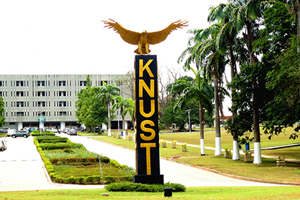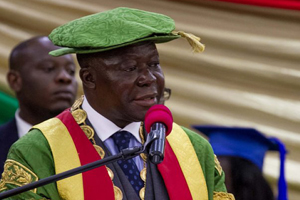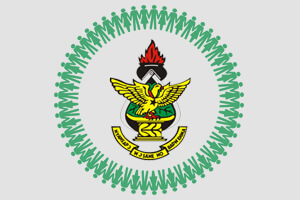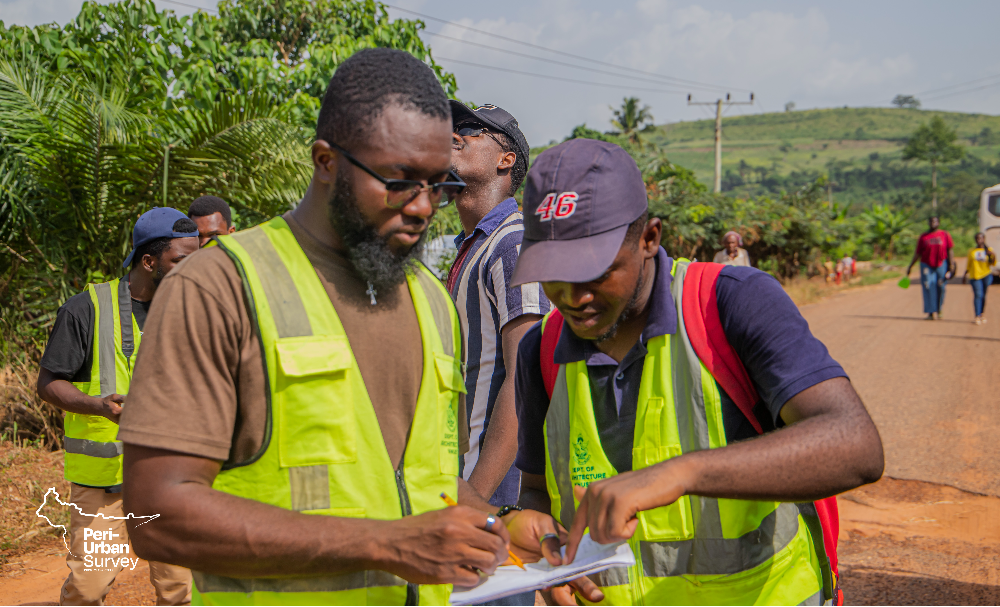Architecture students from the Kwame Nkrumah University of Science and Technology (KNUST), Kumasi are leading a significant peri-urban survey in Ghana's Eastern Region, aiming to understand and reshape the future of areas where rural and urban landscapes converge.
The initiative involves third-year students and faculty from the Department of Architecture in an intensive fieldwork exercise in the Yilo Krobo Municipality.
This effort aligns with KNUST's commitment to connect architectural education with the real-world challenges facing Ghana's rapidly changing peri-urban communities.
Yilo Krobo in focus
Yilo Krobo, a municipality spanning over 800 square kilometres with more than 100,000 residents, serves as the focus of the survey. The area blends rich cultural heritage and economic potential with significant infrastructural and social challenges. Towns like Somanya, Nkurakan, Oterkpalu, and Klo-Agogo are known for bead-making, agriculture, and trade, but also grapple with poor sanitation, limited access to clean water, weak transport networks, and youth unemployment.
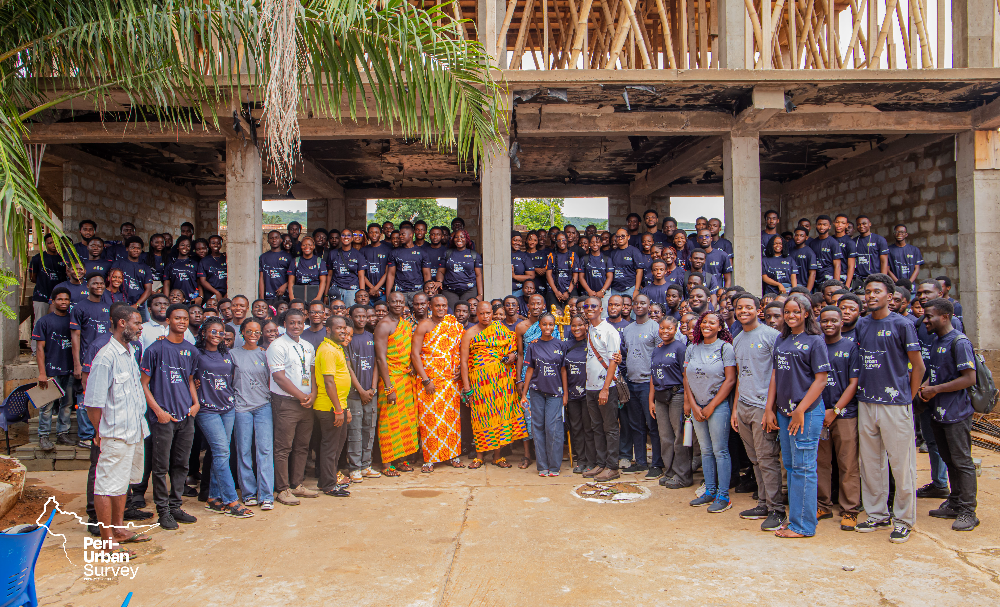
These developmental gaps, worsened by uncoordinated land use and discrepancies between traditional leadership and modern planning, make Yilo Krobo a crucial case study for sustainable urban transformation.
Hands-on learning and community engagement
This student-led fieldwork moves beyond traditional classroom learning. Students are immersed in data collection and analysis in communities such as Sikabeng, Huhunya, and Boti. They are exploring themes from settlement patterns and livelihoods to environmental sustainability and accessibility. The exercise aims to meet academic goals and prepare students for leadership roles in designing inclusive and sustainable urban spaces.
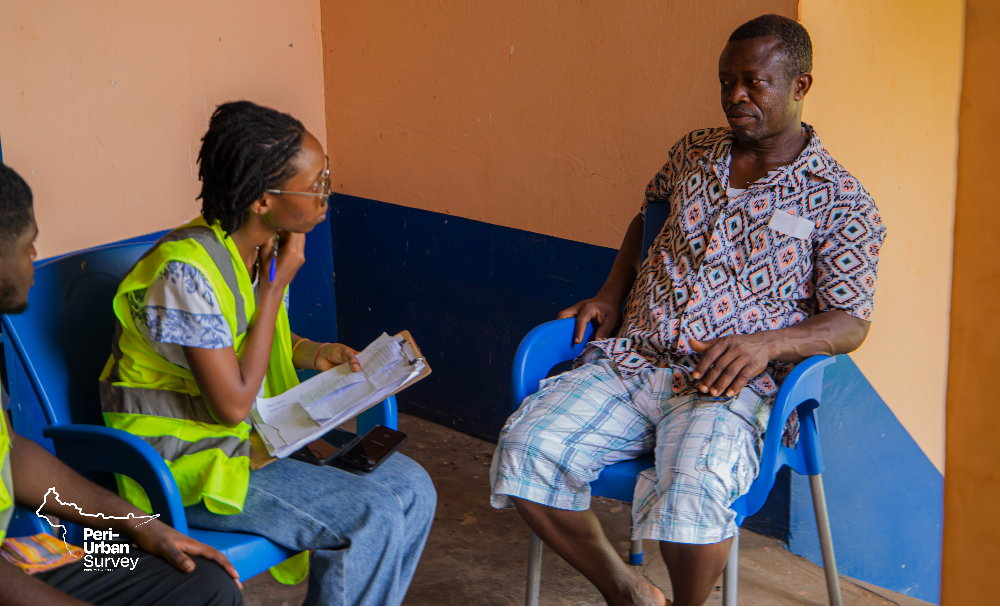
For local communities, the survey provides an opportunity to voice their concerns and aspirations.
Residents are actively engaging with students, sharing knowledge and traditions being documented.
The findings are expected to inform local governance and development planning, potentially attracting investors and development agencies to the region.
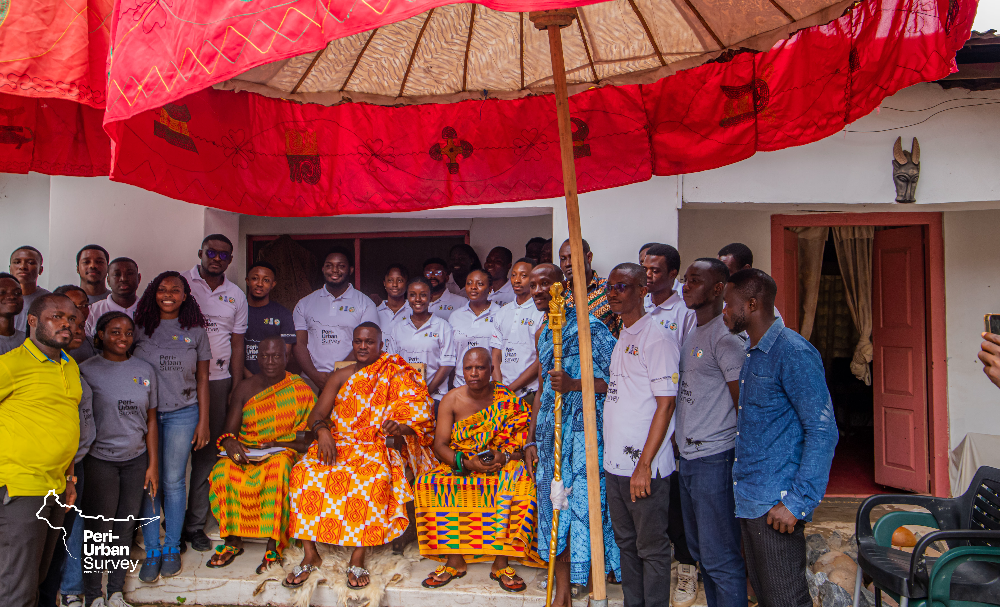
Municipal authorities and traditional leaders have welcomed the initiative, seeing its potential to bridge academic research with practical policy-making. Data collected will be shared with the Yilo Krobo Municipal Assembly and traditional councils for evidence-based decision-making.
Collaborative effort and future impact
The fieldwork is a collaborative effort involving the Ghana Institute of Architects, SEDECHAP Group, Tekton Consult, Bricklane, IDDG, Artelier, Spaysis, and the University of Environment and Sustainable Development (UESD). UESD's involvement adds a critical focus on climate resilience and sustainable land management.
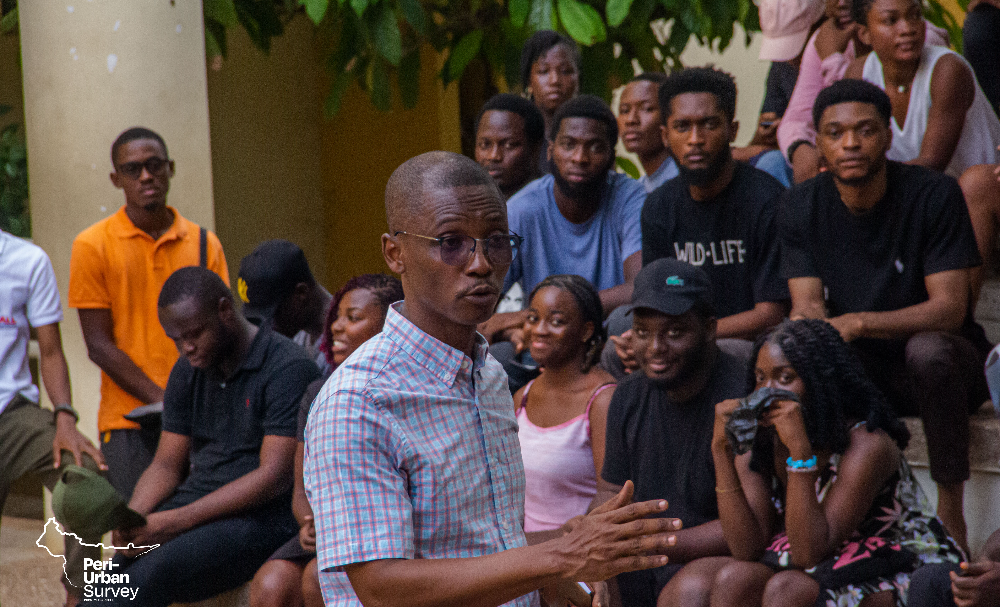
The initiative is led by Dr. Ing Alexander Boakye Marful, Senior Lecturer and Year Master, with support from Rev Fr Dr Victor Kwesi Quagraine, Head of the Department of Architecture, Dr Emmanuel Banahene Owusu, and architects Benedict Owusu Brown and Emmanuel Adu-Nyarko, alongside teaching assistants.
This project directly supports the United Nations Sustainable Development Goal 11, which advocates for inclusive, safe, resilient, and sustainable cities. KNUST's approach, linking academic learning with community engagement, highlights how universities can shape urban futures.
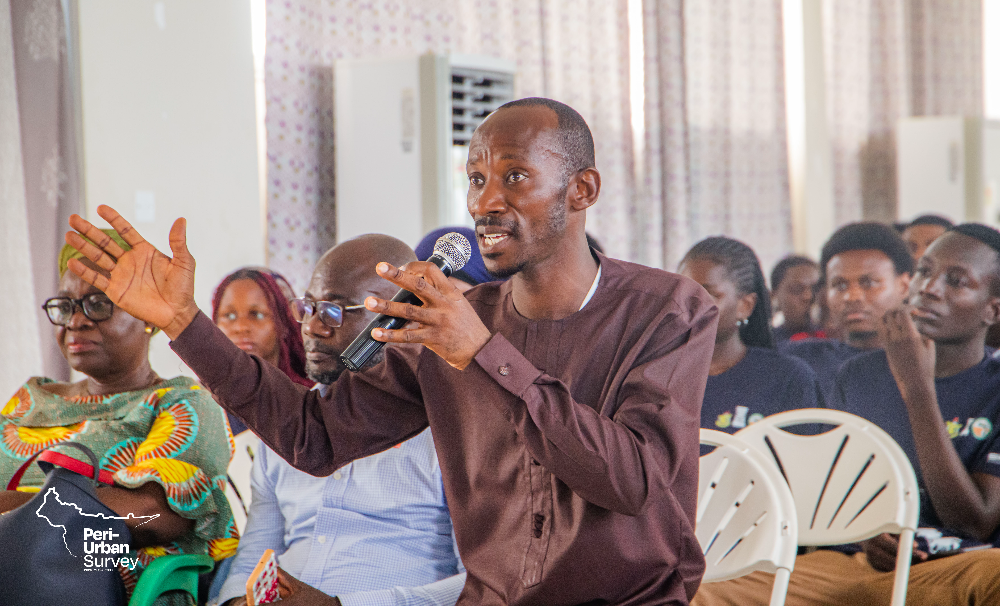
At a recent stakeholder meeting, the Vice Chancellor of UESD praised the effort, noting its alignment with the university’s upcoming fifth anniversary and potential for deeper collaboration.
Dr. Marful has invited policymakers, civil society organizations, and private sector actors to engage with the survey’s findings.
He emphasized the importance of collaborative action in addressing peri-urban development challenges.
"Our collective future depends on how well we integrate local wisdom with global insight. These field exercises are not just educational, they are platforms for building the nation,” he said.
Updates on the survey are available via the Department of Architecture’s platforms and social media using the #KNUSTPeriUrbanSurvey2025, featuring behind-the-scenes stories, student reflections, and visual documentation.

